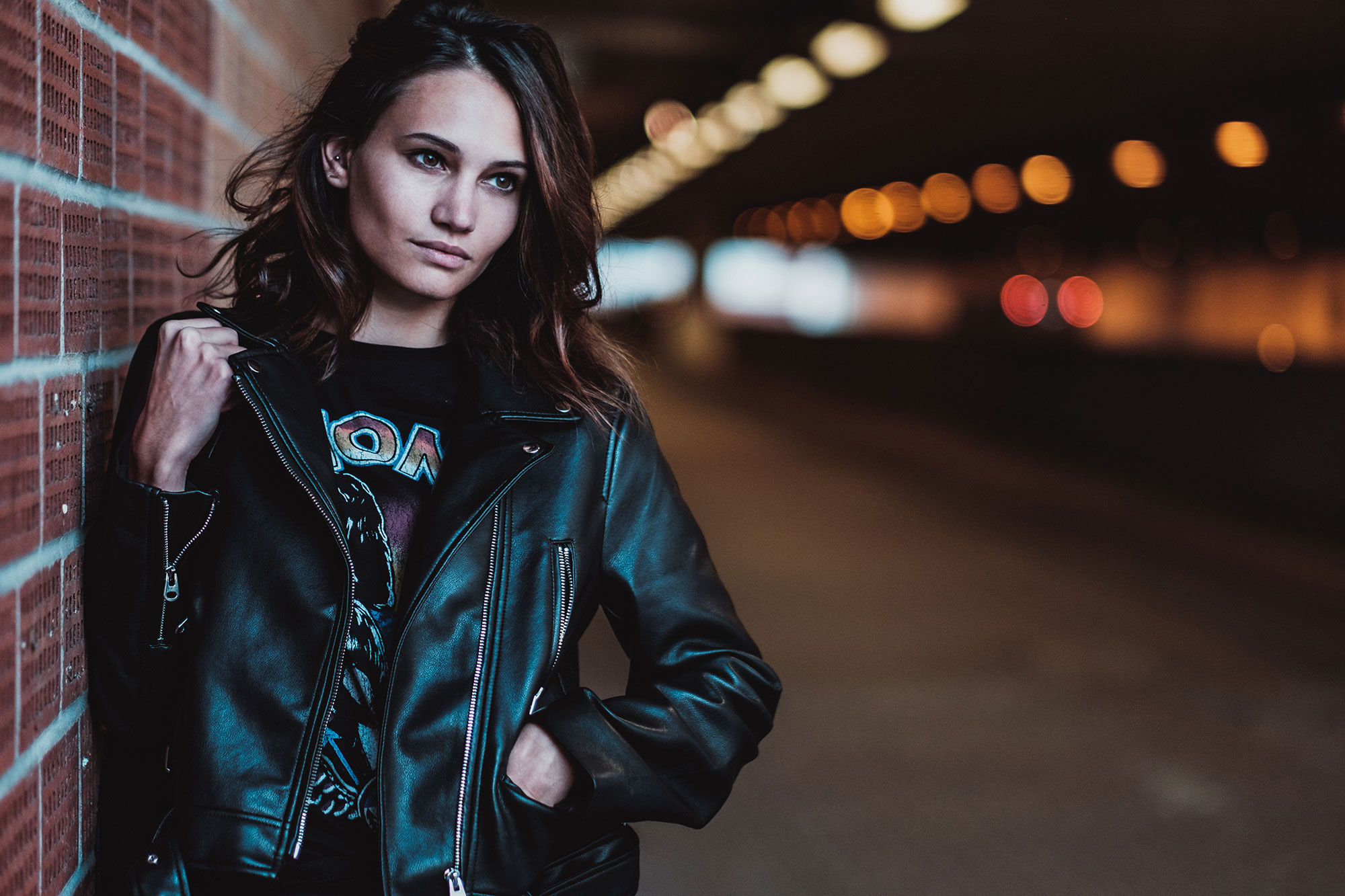Stories in movement: Combining dance photography with environmental portraits
Thank you Yukio, for your availability. It’s a pleasure to have you for this interview. Could you please start by introducing yourself?
Hey there!
My name is Yukio Tee. Contrary to what my name and my appearance suggest, I am not from Japan but from Germany, but I do have Chinese origins. Other than being a photographer, I am an industrial engineer and I am funding a start-up that is going to produce a fast adjustable and setup tripod.
I am a versatile photographer and my activity includes business, landscapes and weddings but I specialized in portraits and dance photography. I use Adobe Lightroom and Adobe Photoshop to process my pictures.
I am a spontaneous and creative person. My love for God is the force that compels me to highlight and share the beauty of people through my photography. I am also into outdoor sports (hiking, rock climbing, windsurfing), adventure travelling, meeting new people, drawing and painting.
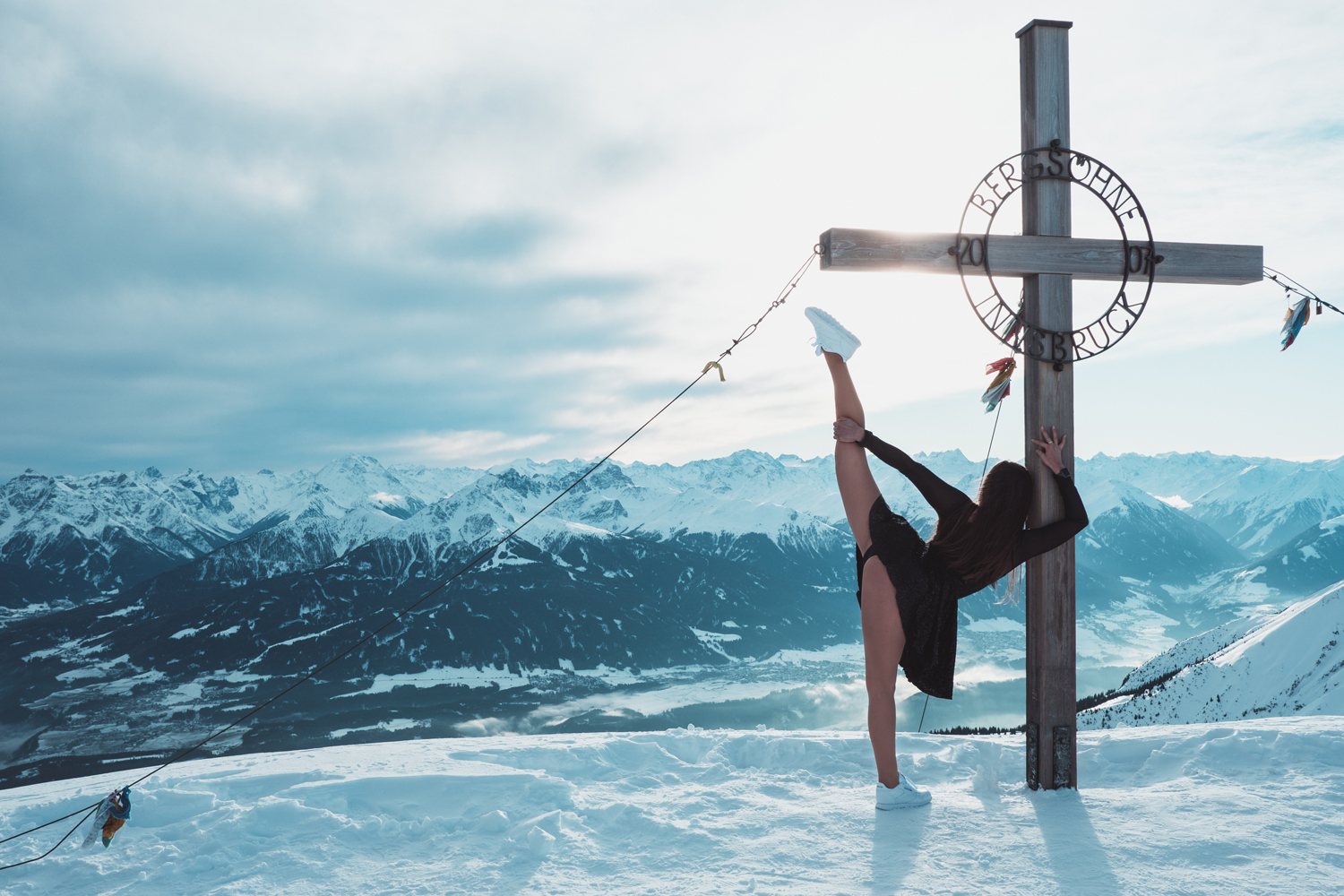
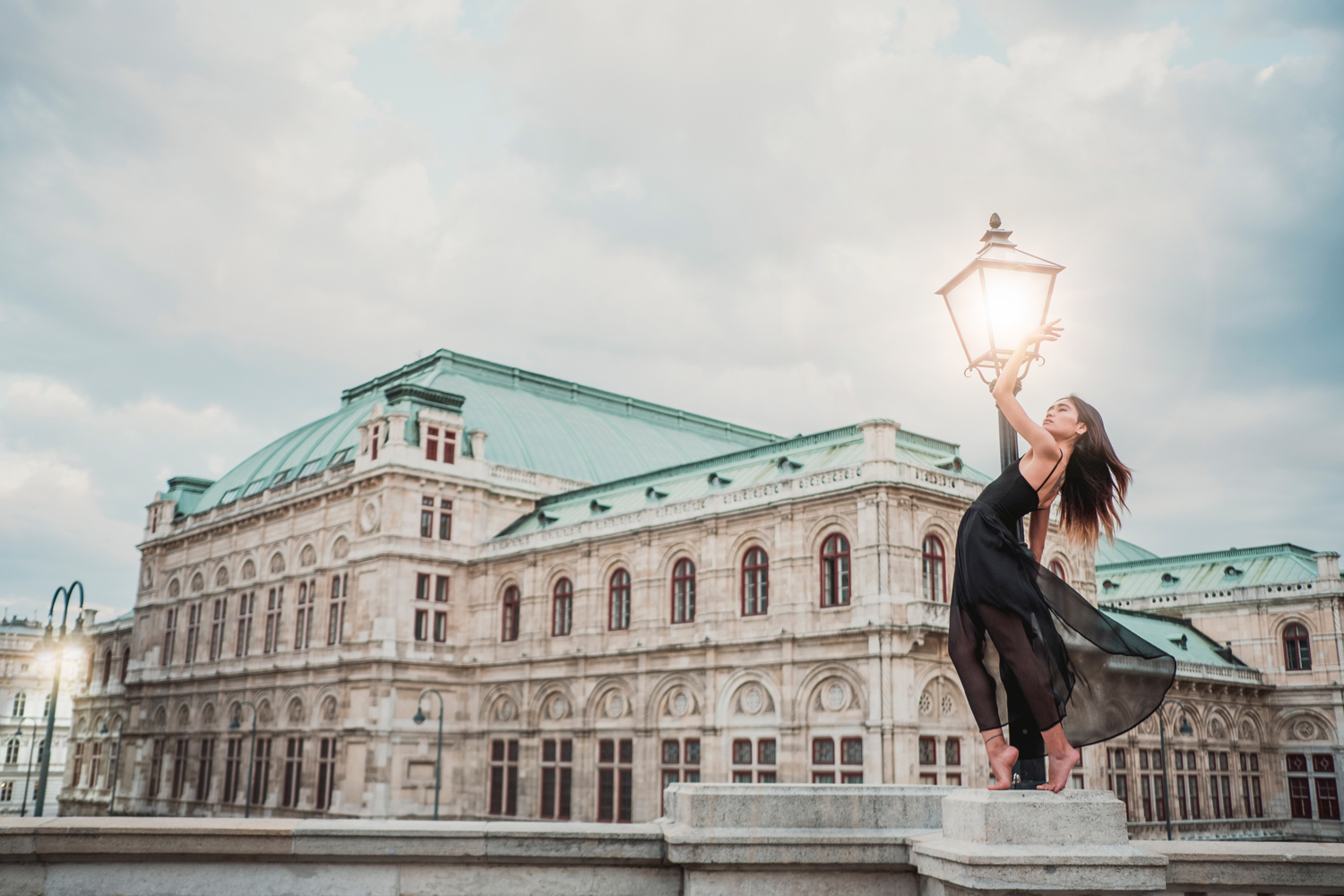
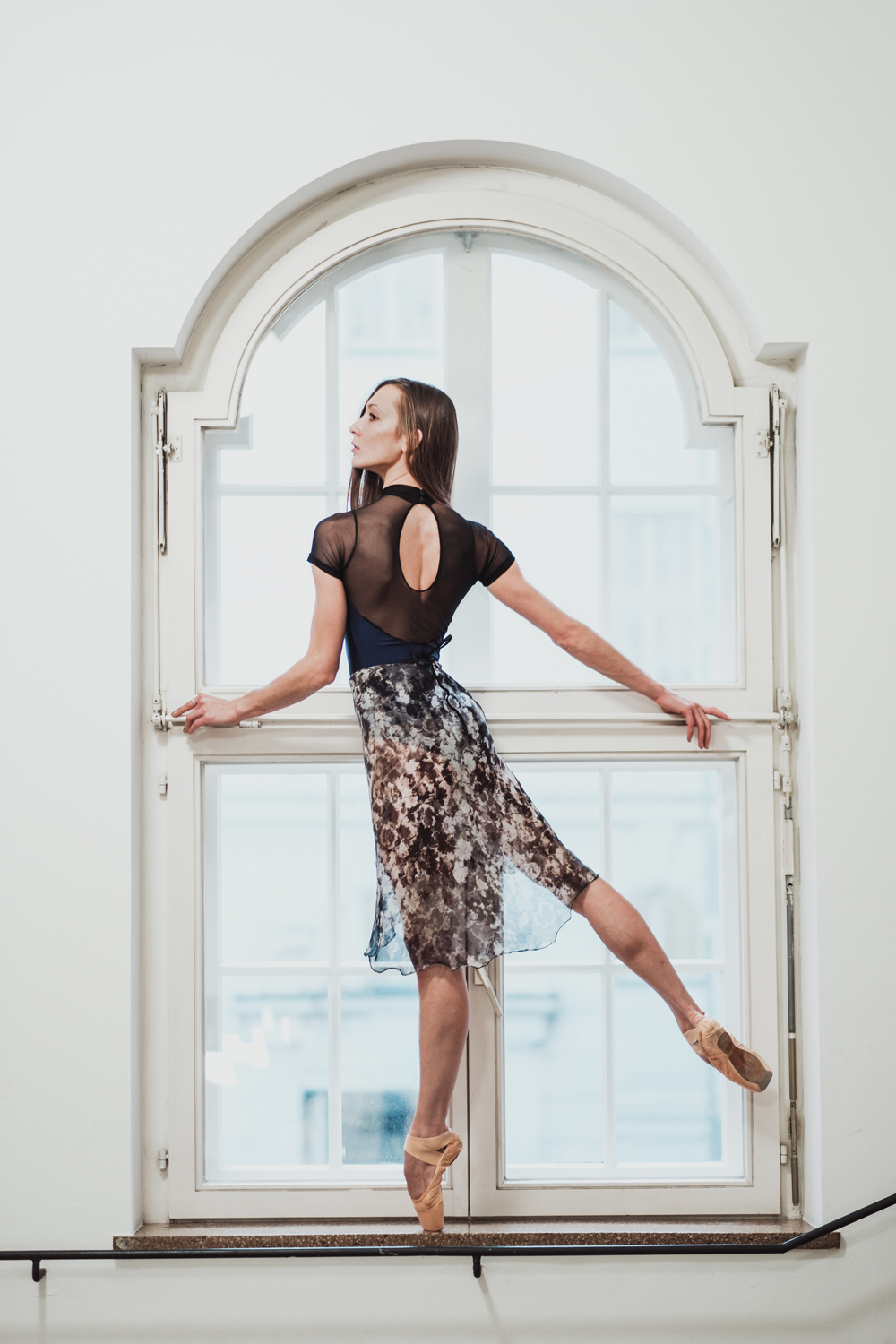
How did it all begin, how did you become a photographer?
More than likely, my interests drew me to photography in the first place and ultimately shaped my style. I started developing a feel for colors and compositions through my creative hobbies, such as drawing and painting. Photography was probably in my genes too; in fact, as a stereotypical Asian, I invented the selfie 2.0!
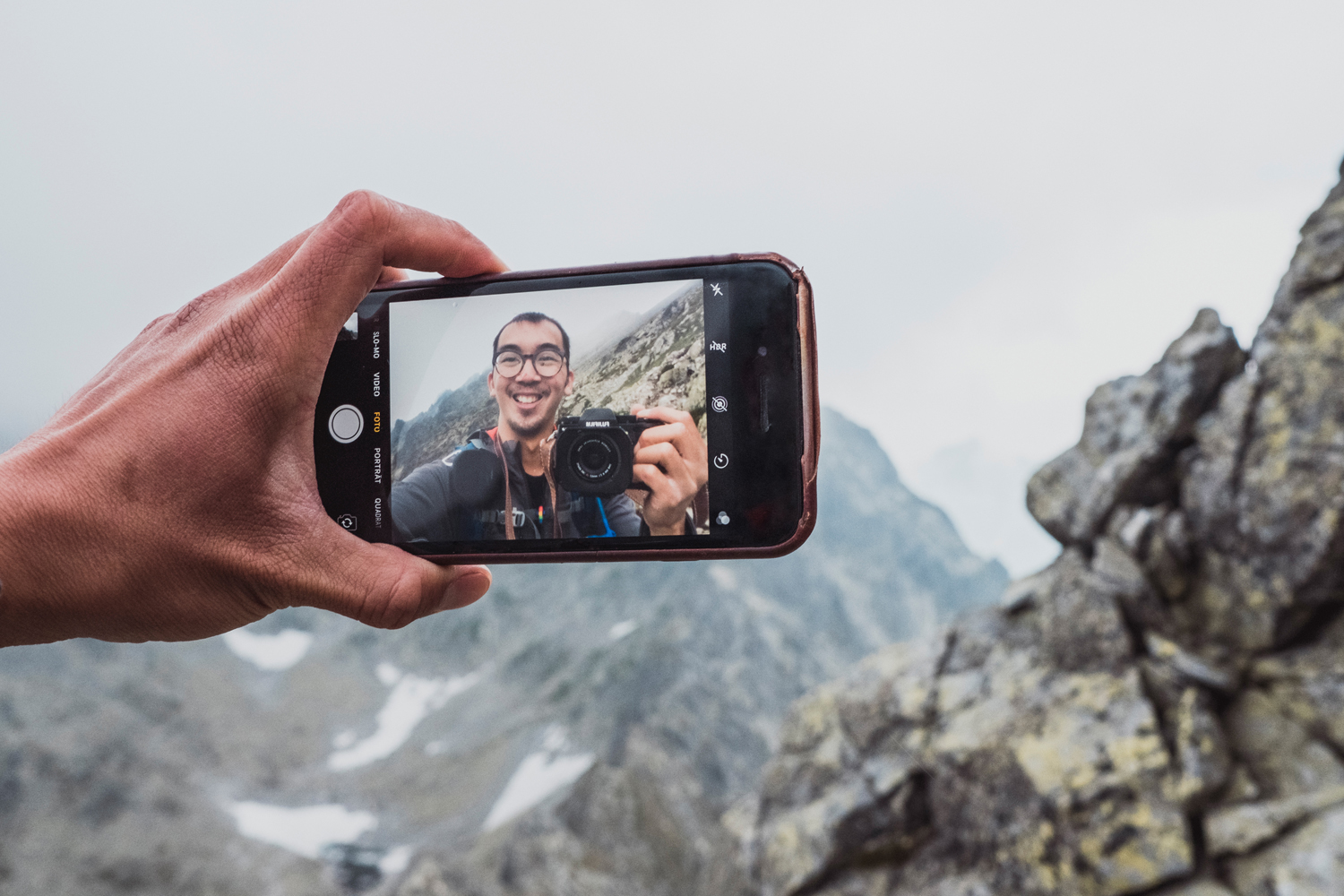
Can you remember what was your first camera?
I was given my first camera as a present for my 13th birthday. Back then, I also used my father’s DSLR camera. I bought my first DSLR before leaving for a trip to Korea. It was a Canon 600”D”, which gave the camera her name – Daisy. Thanks to Daisy, I could start my career as a photographer. I got acquainted with manual settings, learnt more techniques and started focusing on portraits.
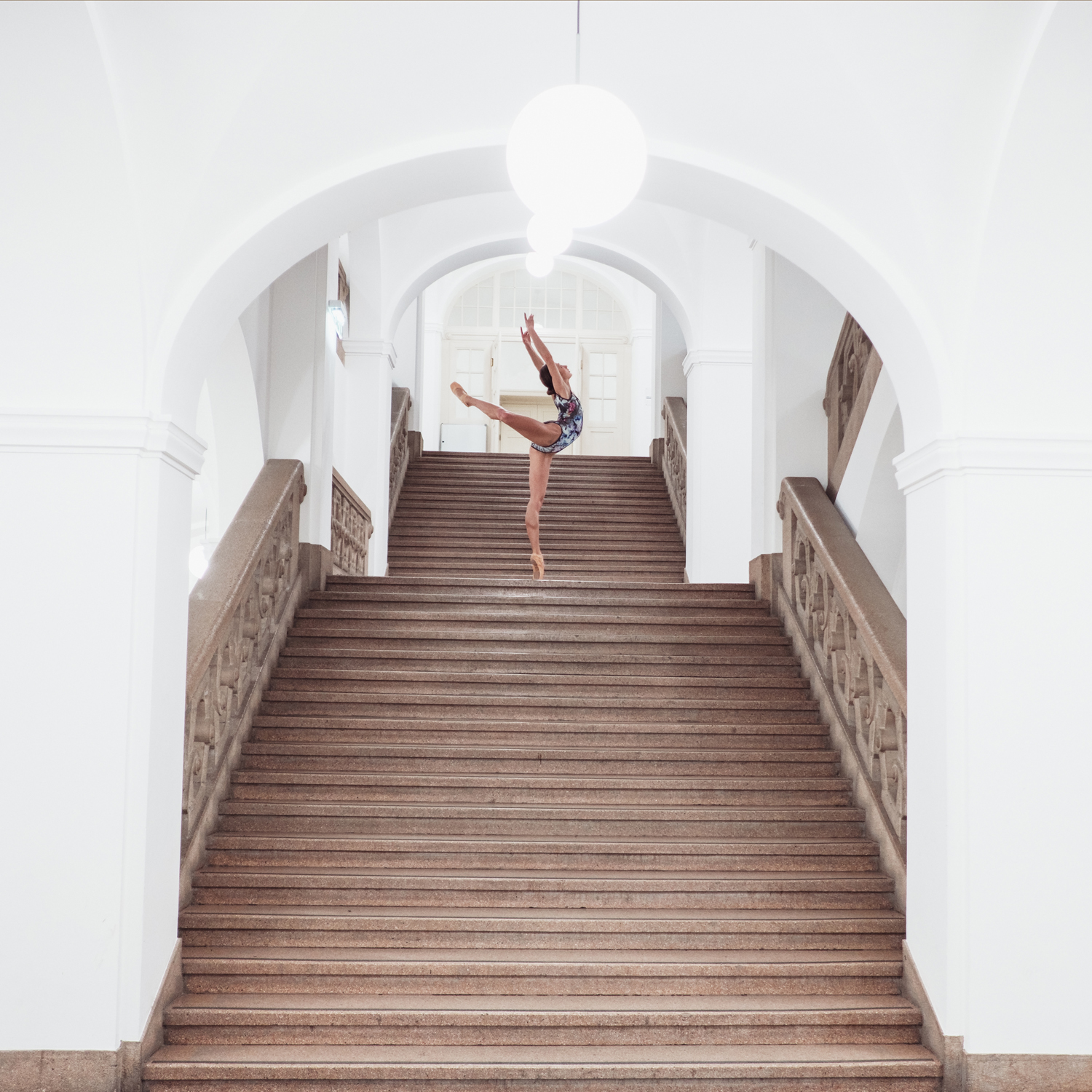
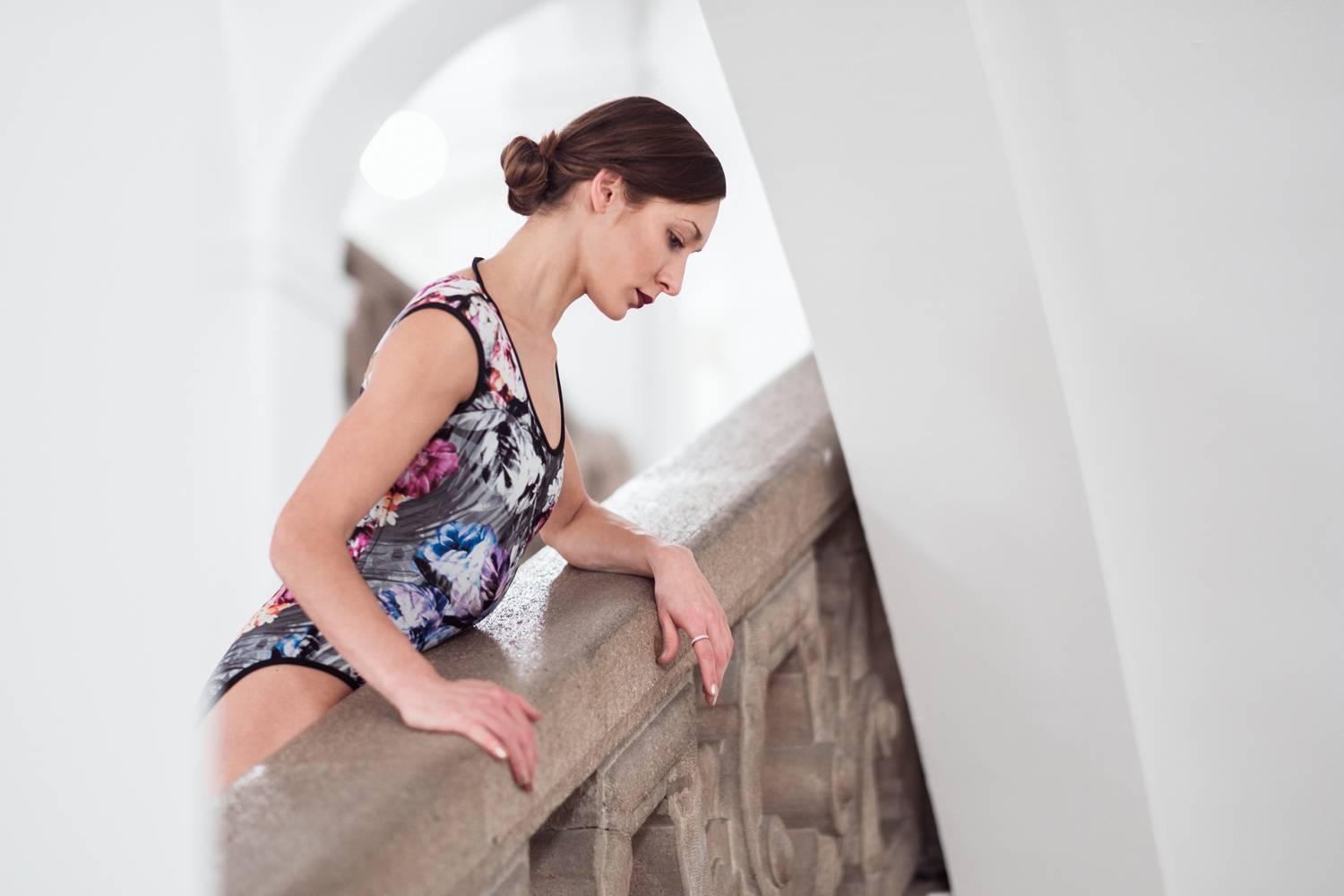
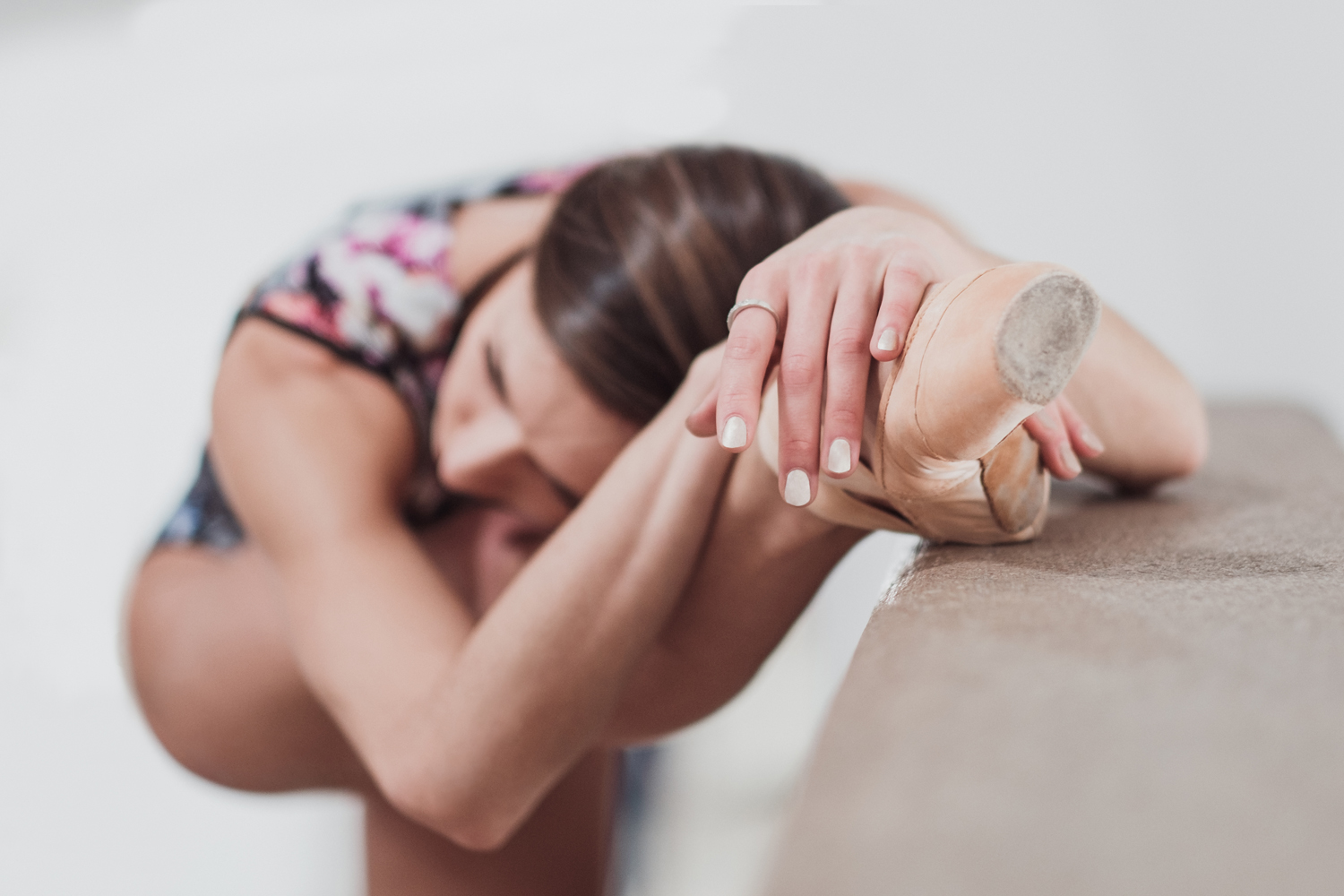
How did your passion for portraits begin?
The decision to focus on portraits might be linked to my interest in people and their stories. This is what I find truly inspirational: people. I do find ideas for my work on Instagram and magazines from time to times. But what inspires me the most is always the person in front of the camera, whom I always try to get to know and understand before shooting. That’s why I consider inspiration to be spontaneous and serendipitous, like the encounters that I have in my daily life and my adventures.
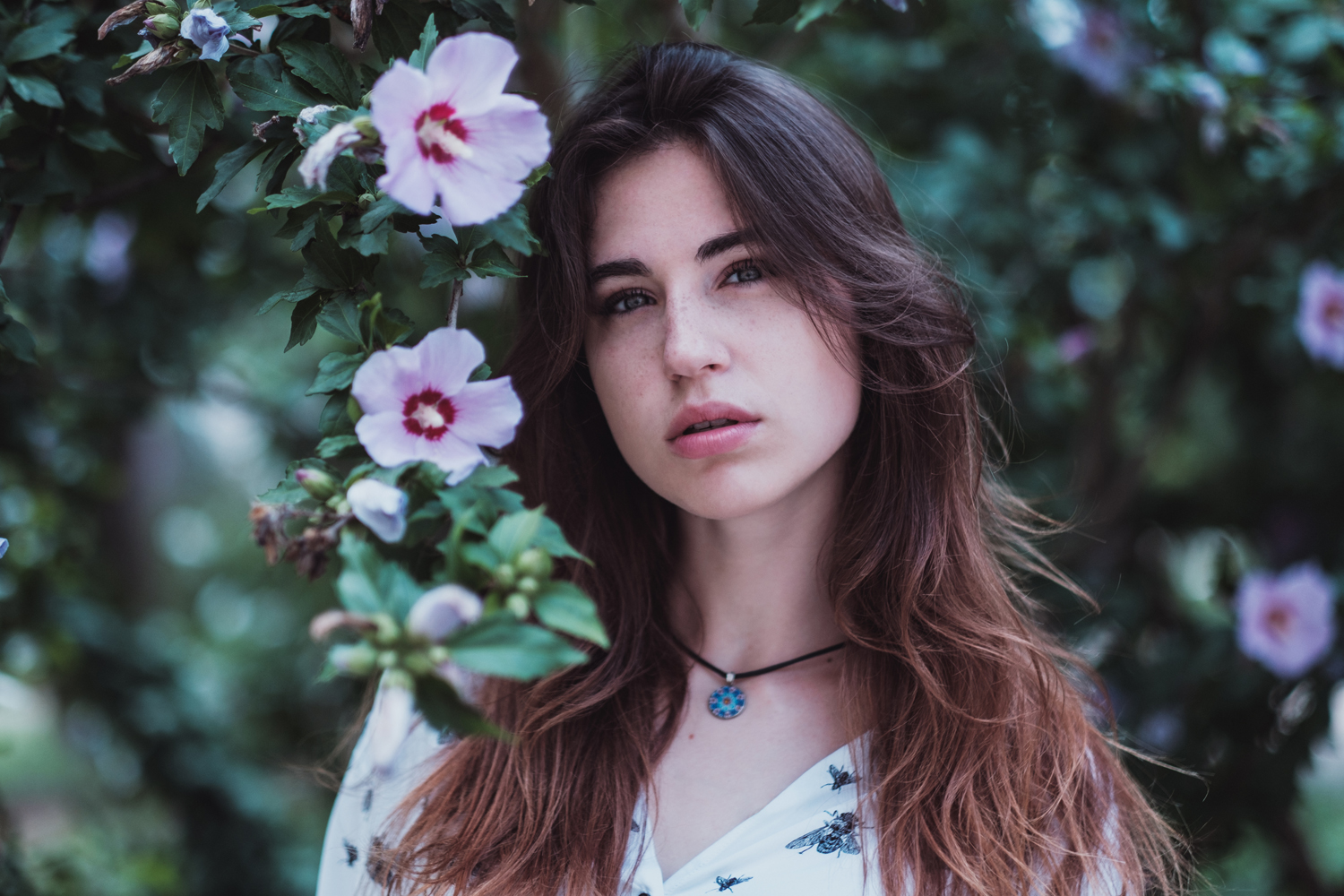
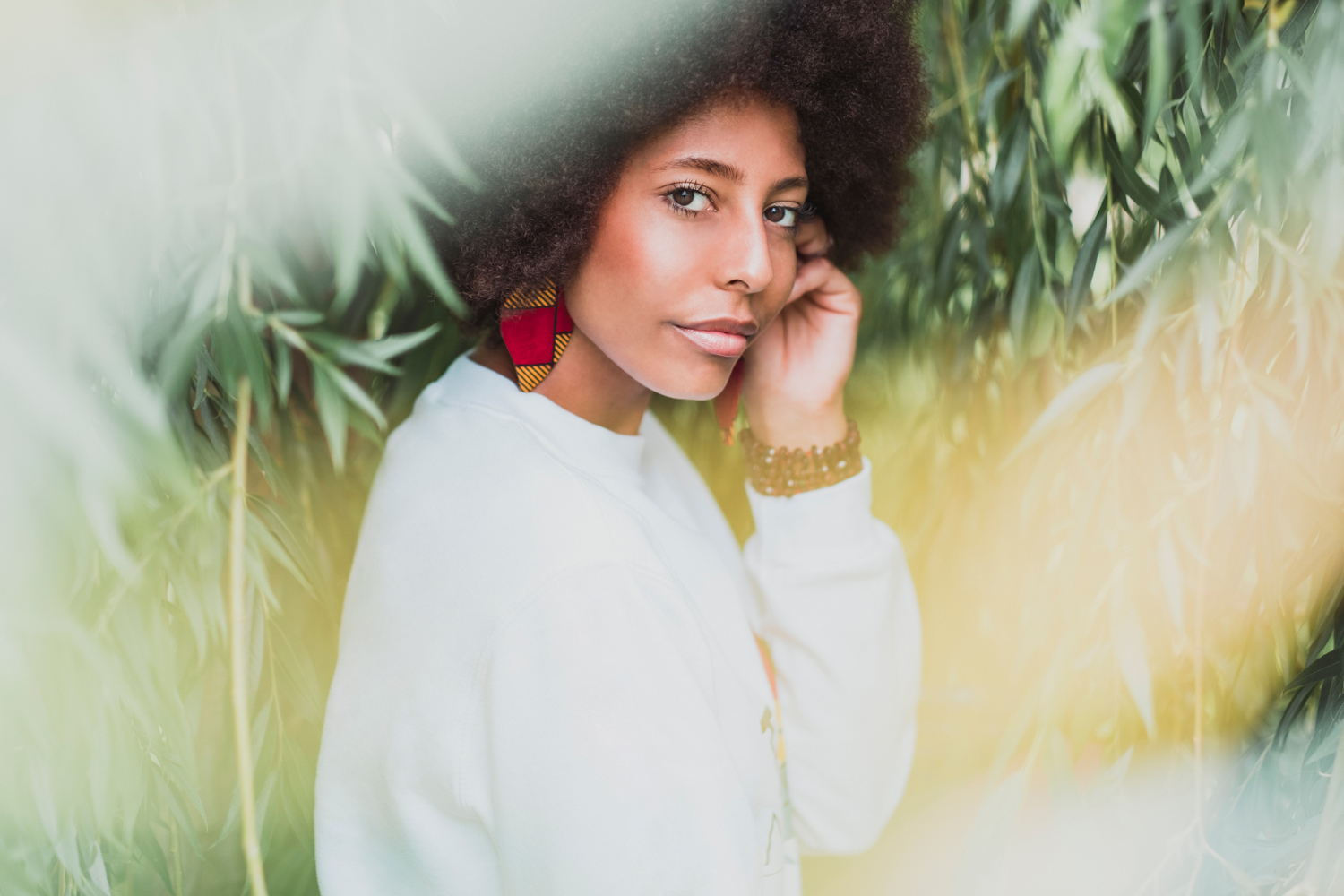
How did you get into environmental portraits? What do you find special about this approach to portrait photography?
My passion for environmental portraits later emerged as a combination of my interest in portraits and nature. To tell a good story you need to give it the right frame. I consider the background as an integral and fundamental part of my portraits as it supports the message that I want to express.
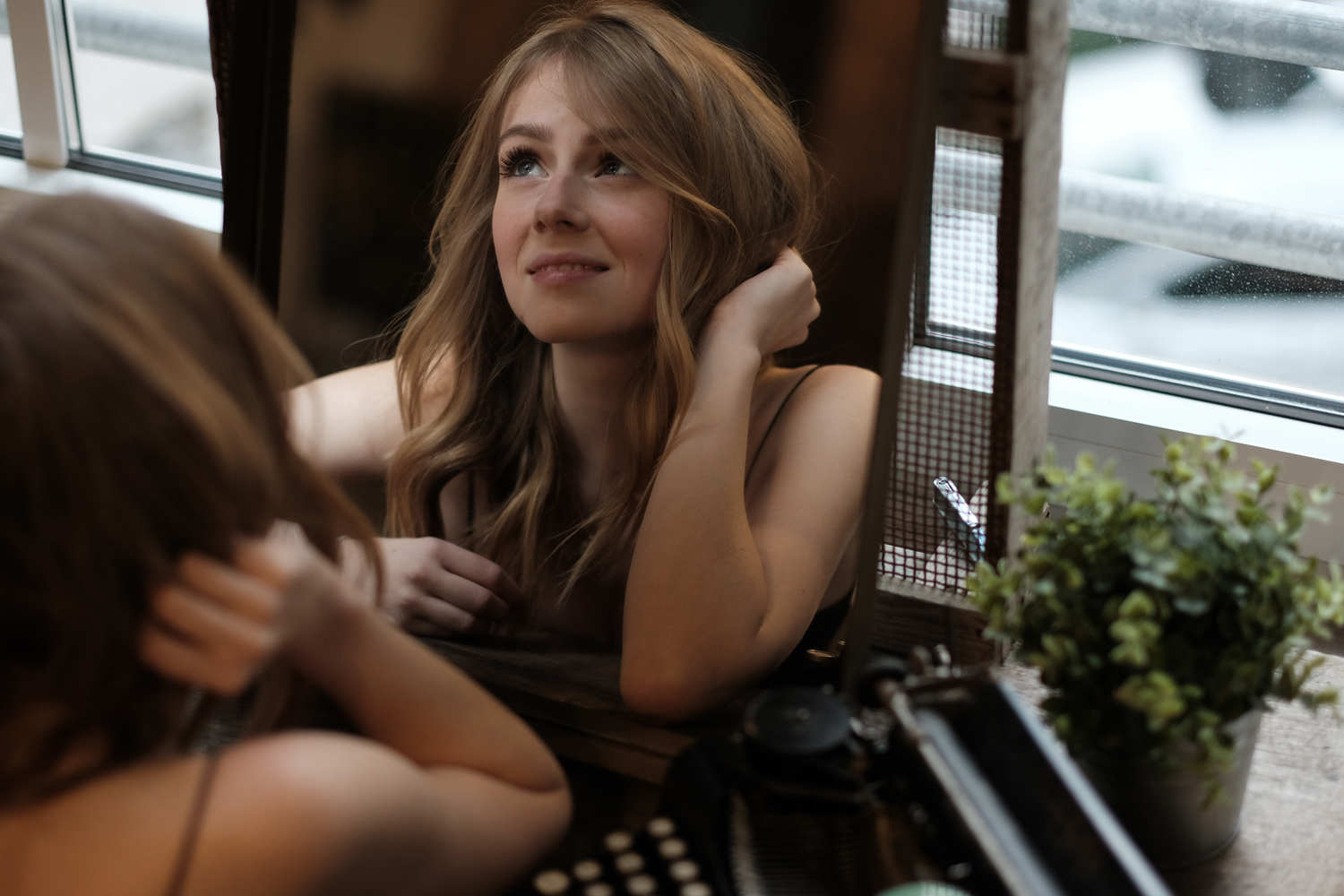
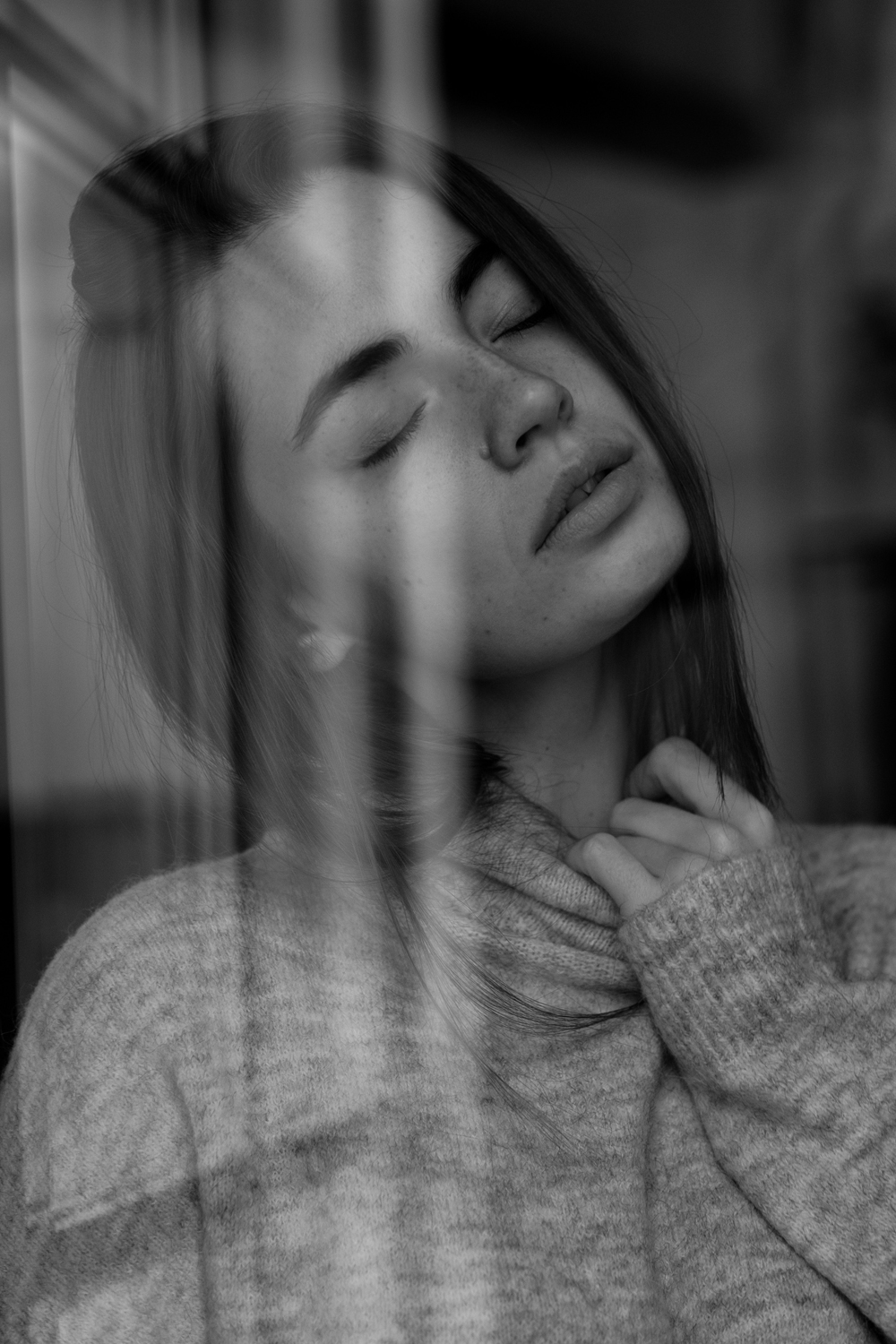
What are the main challenges of this type of photography?
Environmental portraits raise several creative and technical challenges. It may be challenging at times to find the right environment that fits the person and the story you want to tell. Once you have found the perfect location, you must shoot at the right time and in the right spot. Rather than bustling and busy backgrounds, which I use sometimes for more dramatic photos, I personally prefer clean and peaceful. Even once you have found the right spot, several disturbing factors may make it hard to get the best shot, such as people walking by when you shoot in the city.
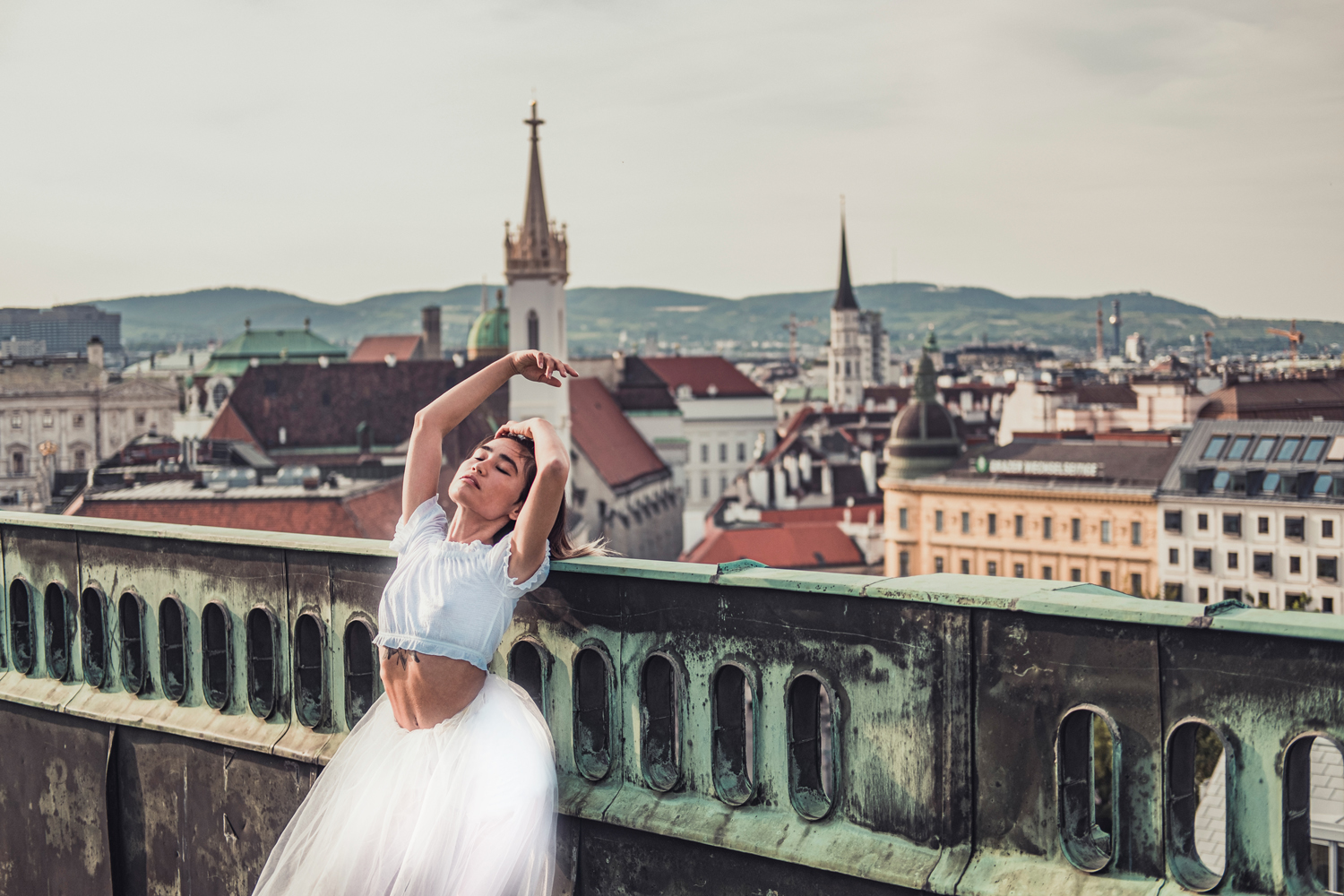
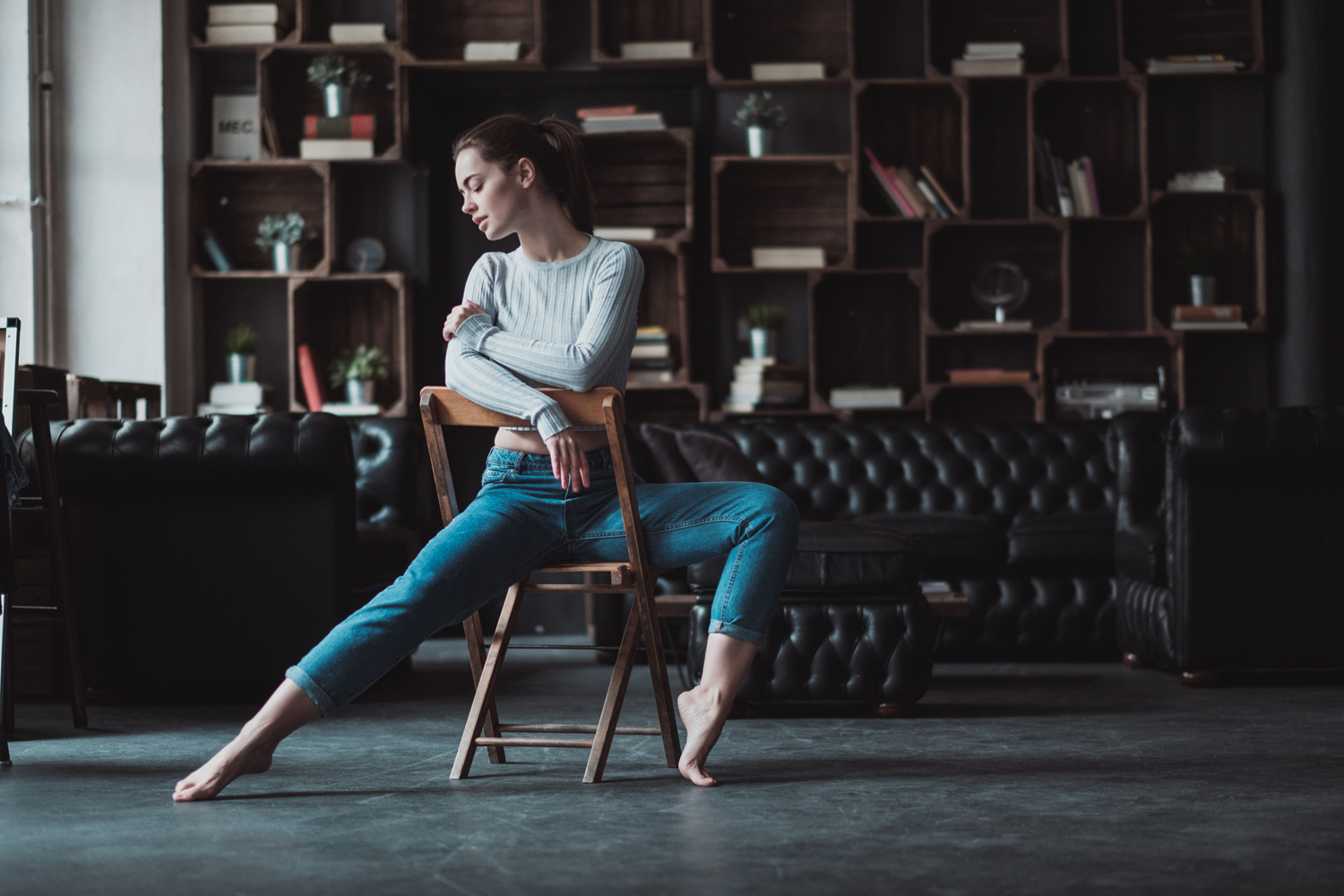
What’s your process to scout new locations for your environmental portraits?
When scouting for a new location to make a photoshoot, I generally start from the story or the message that I want to express. The search can also be casual especially when I am travelling. When I shoot during my travels, I get in touch with locals and shoot with them so that they can take me to the best locations that I wouldn’t get to know otherwise.
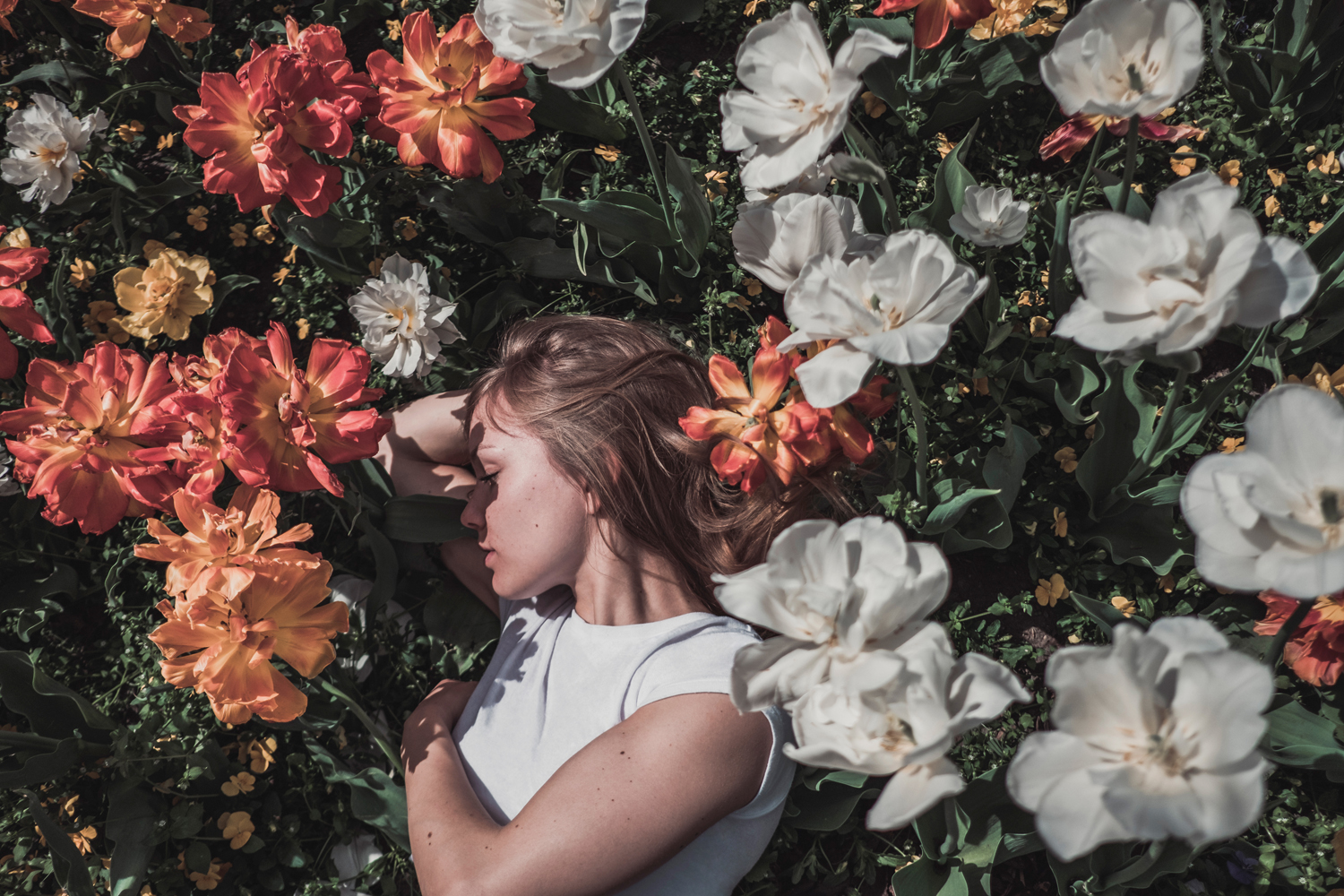
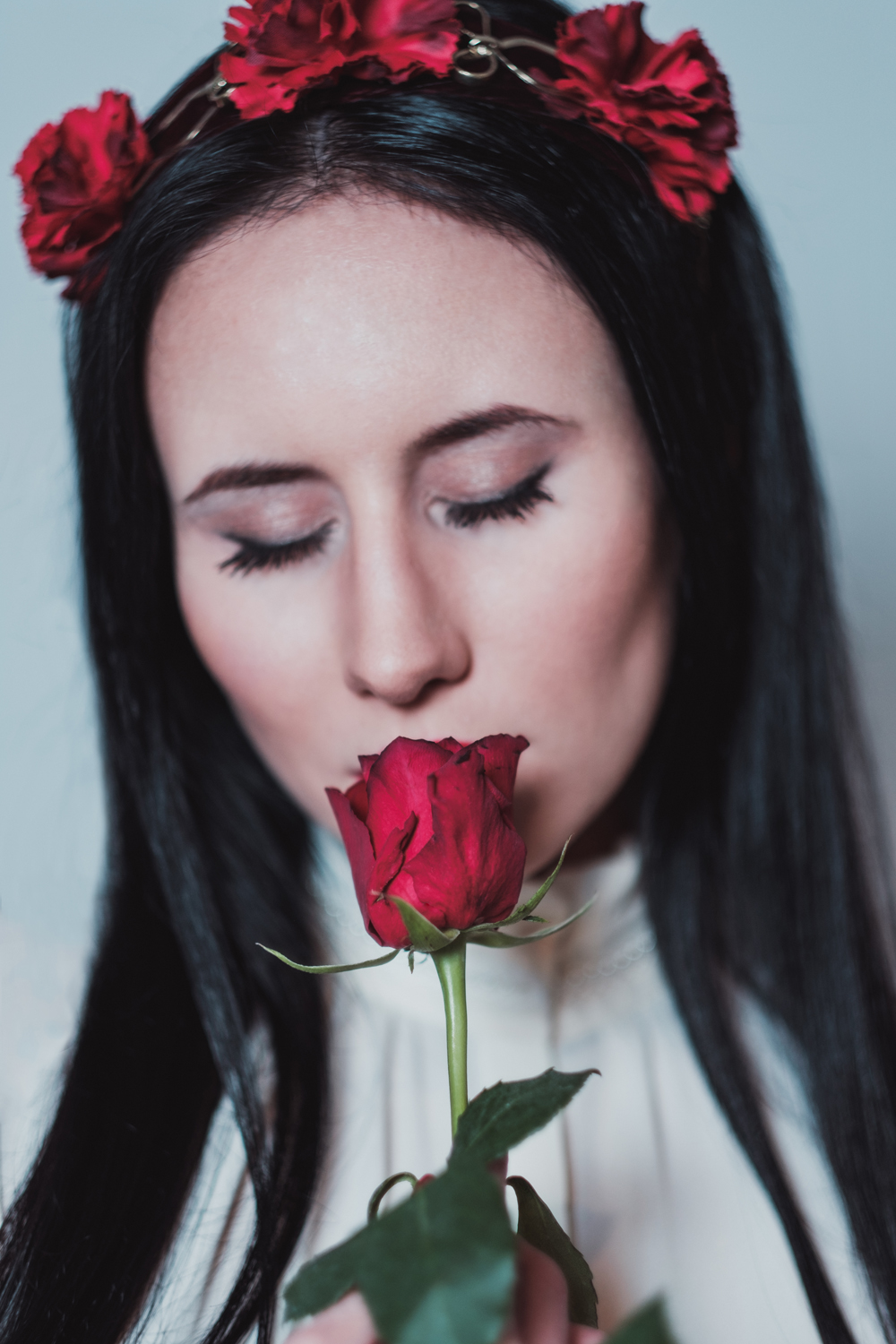
How does your dance photography relate to the rest of your work?
In my work, I often combine environmental portraits with dance photography. I love working with ballerinas and dancers and shooting with them outdoors because they have great body awareness and can bring to life the story I want to tell, reinforcing the message of the background. They are very interesting to photograph because they know how to look strong and elegant at the same time, to use their bodies to express their feelings and to tell a story to the observer through their movements. I believe that photos of these athletes can motivate people because they show that, working really hard and fighting for your goals, you can achieve extraordinary goals.
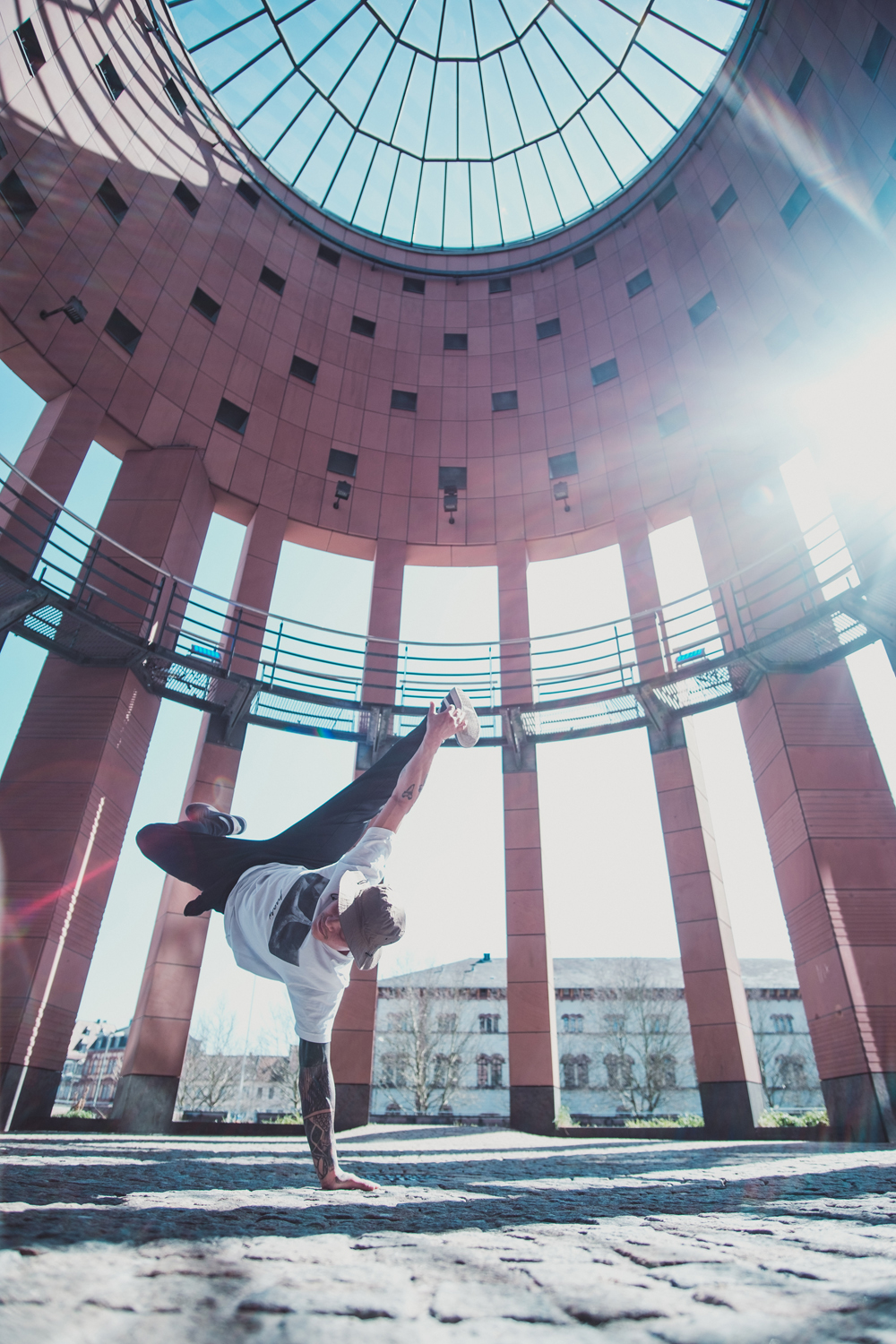
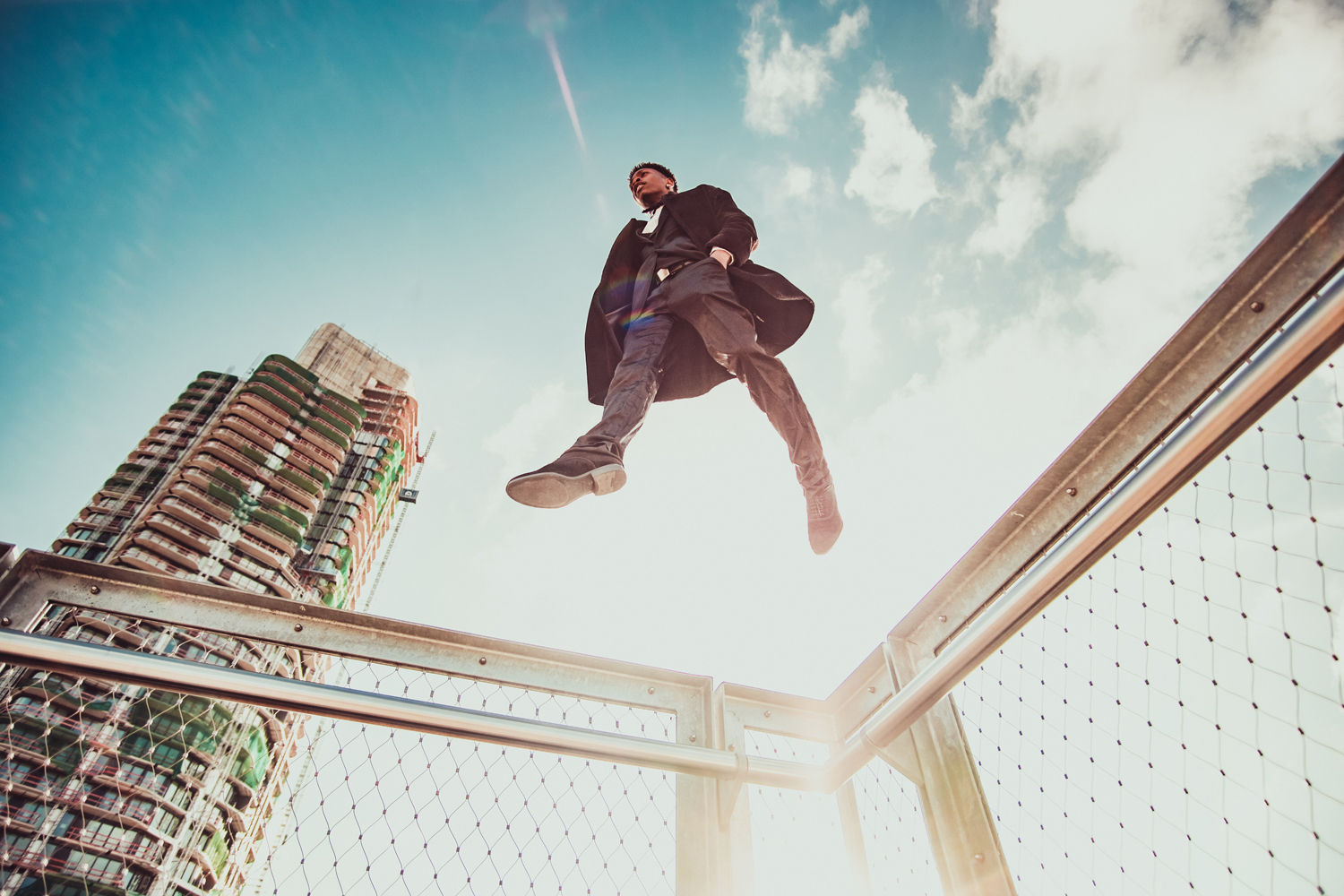
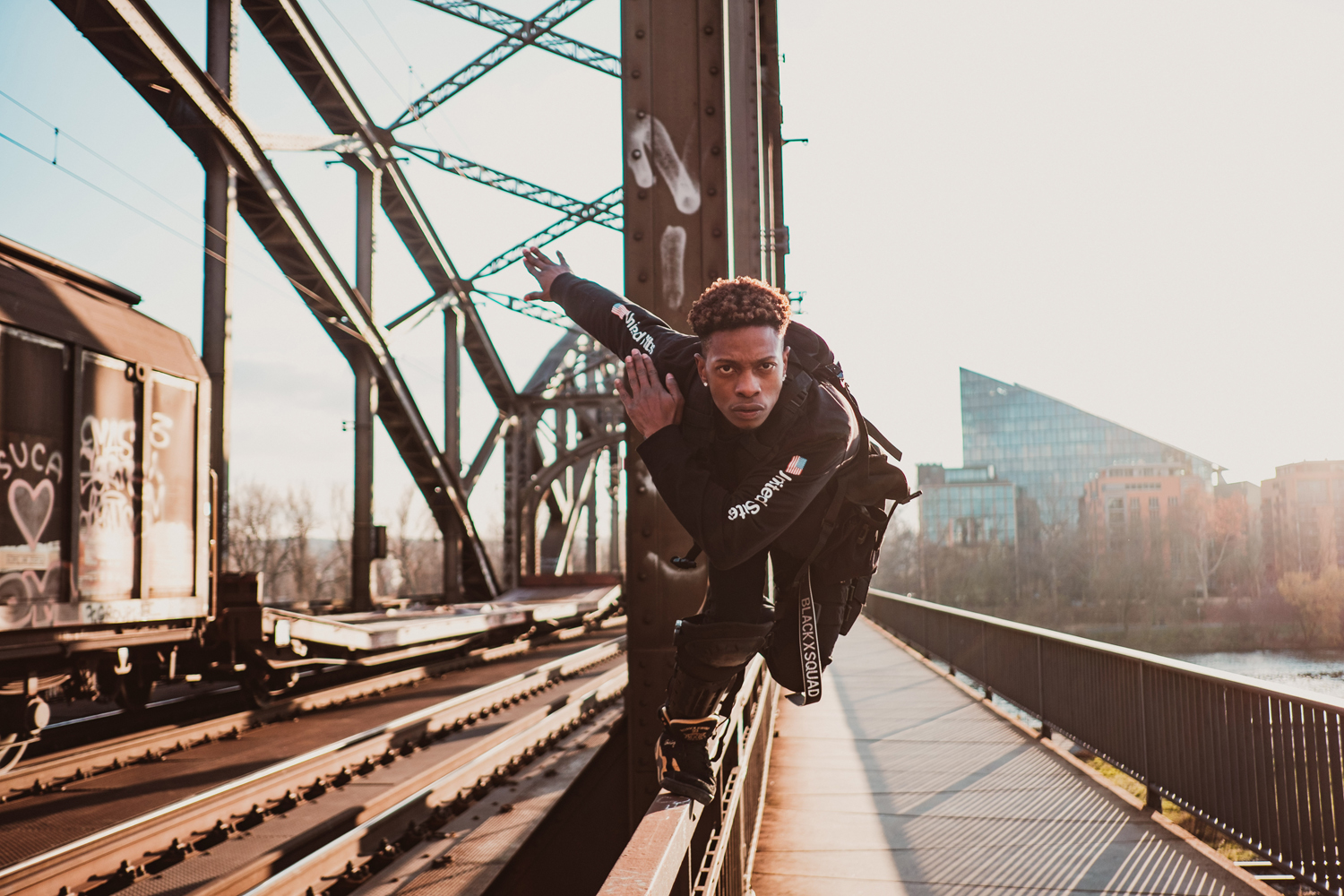
What reasons led you to move to Fuji? What’s your current camera and lens setup?
Because I loved to photograph while travelling and needed something small and easy to carry, I bought an X-T2 and XF 23 f2. After a while, I realised that I always ended up using these and leaving Daisy (my Canon 600D) and my Canon 6D at home. This convinced me to complete the switch to Fuji and to change my whole system. My current camera and lens setup is Fuji X-H1 and Fuji X-T2, XF 56 f1.2, XF 35 f2, XF 23 f2, Samyang 12mm f2. Although you don’t see this camera in use very often, in my opinion, the X-H1 offers lots of advantages. I love its good grip, image stabilization and to use it for my business photography. The only disadvantage is that it is a lot bigger than my X-T2. The 35 mmf2 is the most versatile lens and I just get it a few weeks ago as a multipurpose tool. I use the 23 mm f2 for the most dynamic pictures and the 56mm f1.2 for most portraitures because of the nice bokeh.
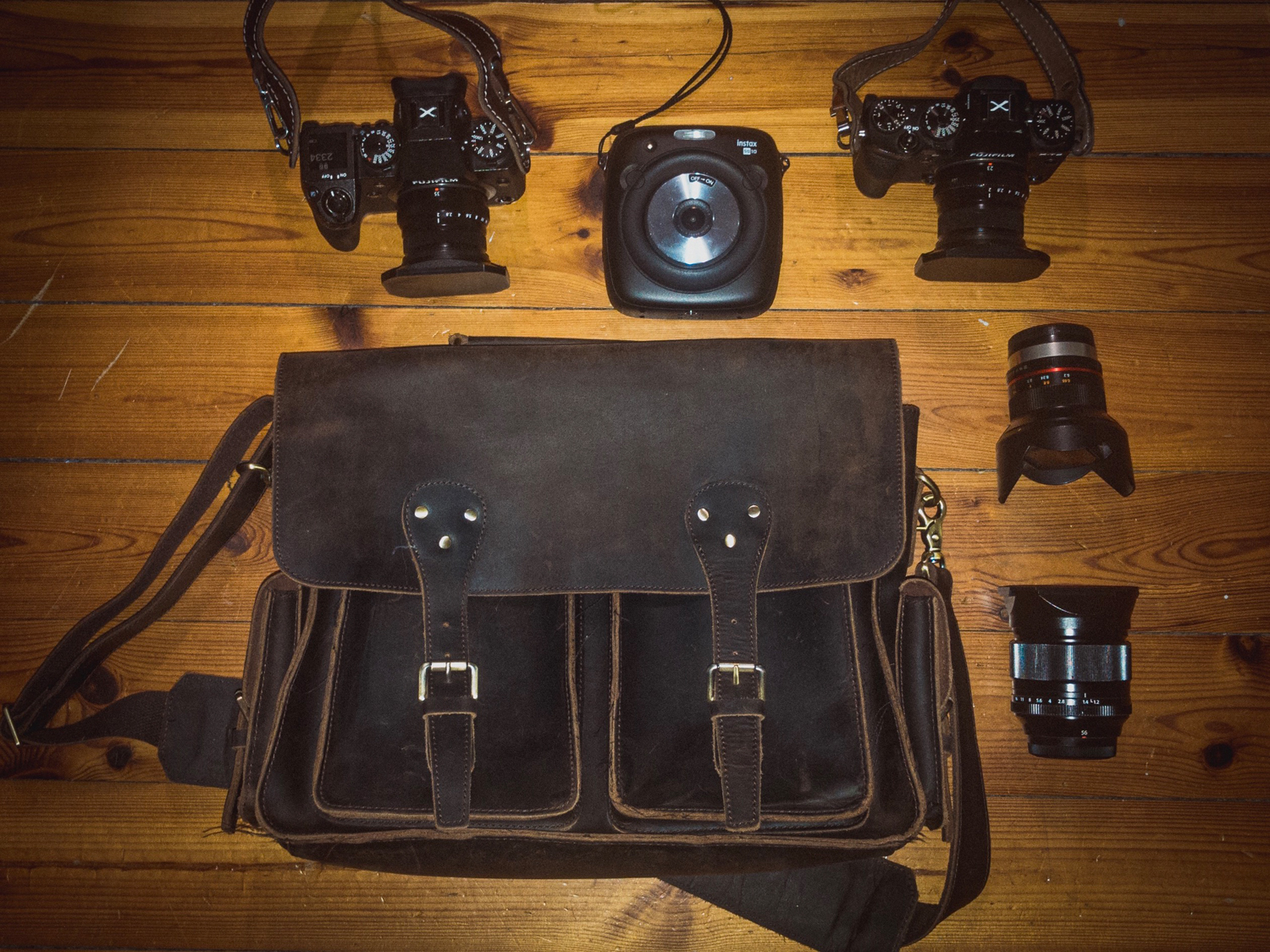
Have you noticed any changes in your workflow after moving to Fuji? What do you like most about Fuji cameras?
The Fuji X system made a big difference to my workflow and contributed to developing my style. The small body and lenses makes this system perfect for daily use and easy to carry along with me wherever I go. Another big change was that, when I switched to Fujifilm, I decided to use prime lenses only. Coming to the technical advantages of Fujifilm, I love the fast aperture of the 56mm f1.2, the colors, the dials to change the aperture, the ISO and the shutter speed. The Fuji system allowed me to seamlessly integrate photography into my travelling and everyday activities, which makes it even more fun and motivating to do photoshoots. Last but not least, Fuji cameras are just so sexy!
See more:
www.yukiotee.de
www.wedding-by-tee.de
www.instagram.com/yukiotee
www.instagram.com/flagntravel
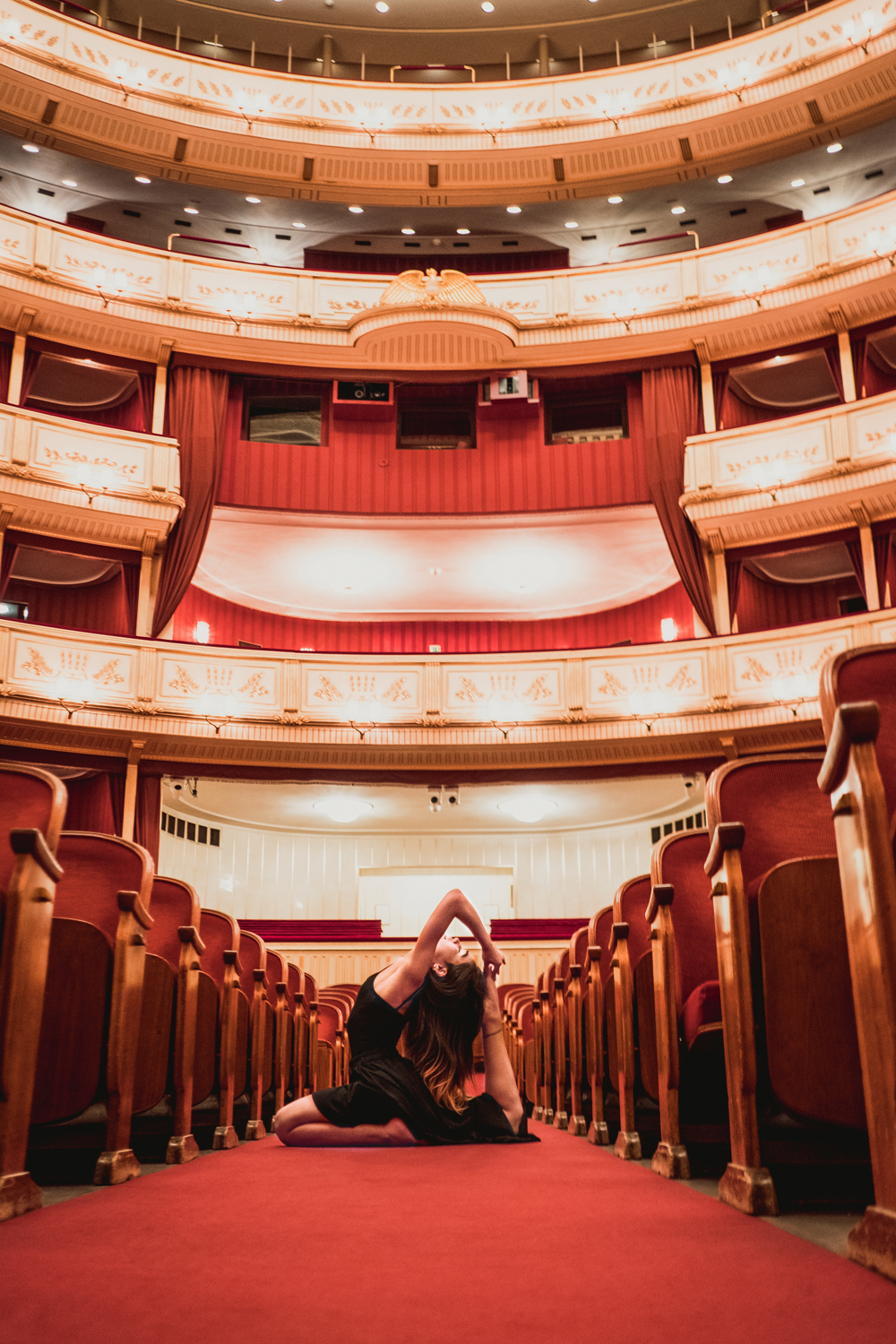
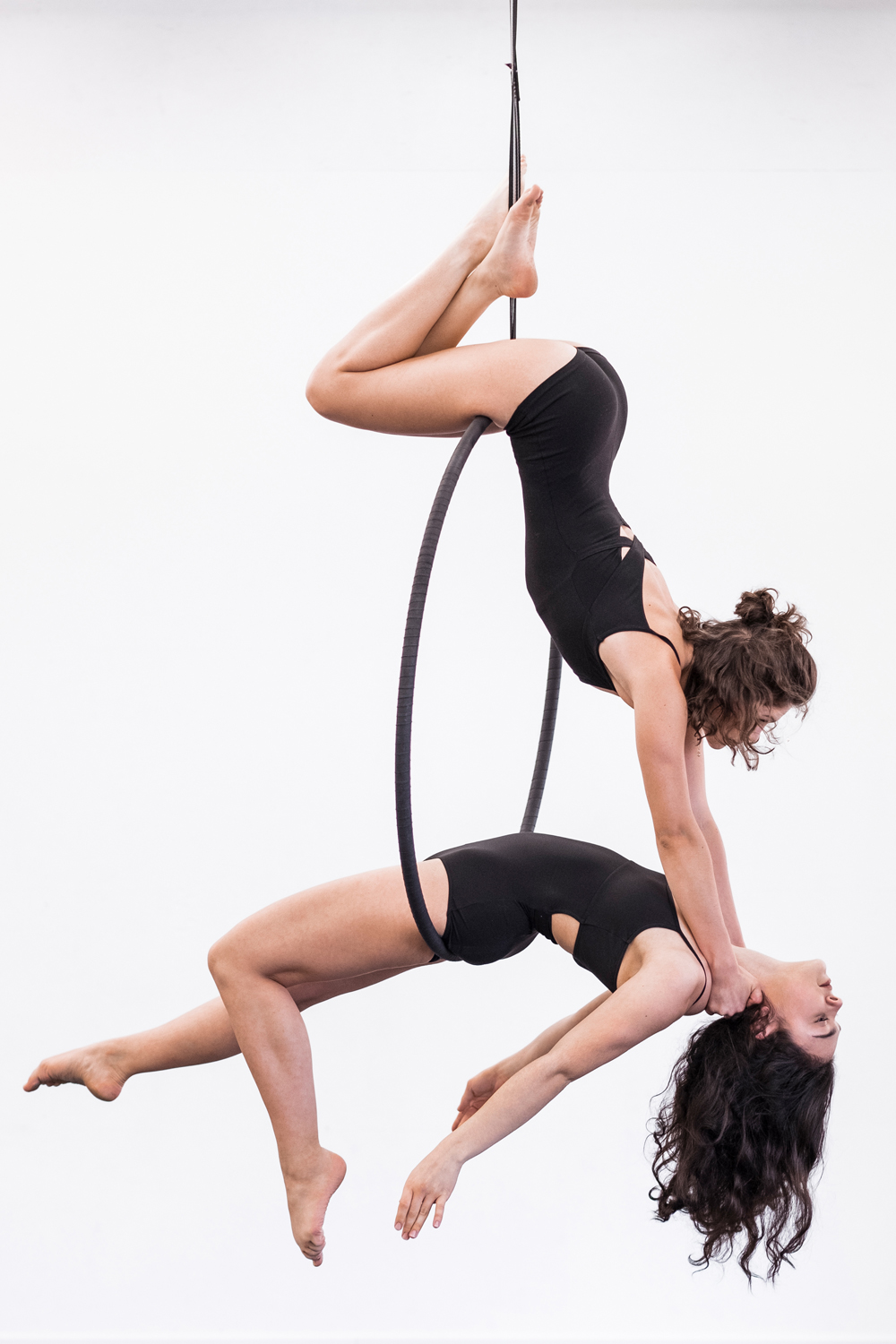
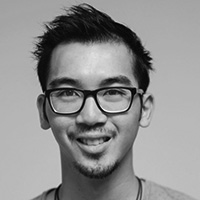
“I love to travel, explore the world and get to know different cultures. This allows me to call many different and great people from all over the world my friends.
As a believing Christian, I would like to show you the beauty and diversity that God has created in pictures. It’s about great, talented and beautiful people as well as breathtaking landscapes.
For me, photography is about capturing special moments and expressing the soul of the people and the situation. For me, photography also means creating something new and creating extraordinary moments and pictures. I would like to convey this to you with my pictures.”

